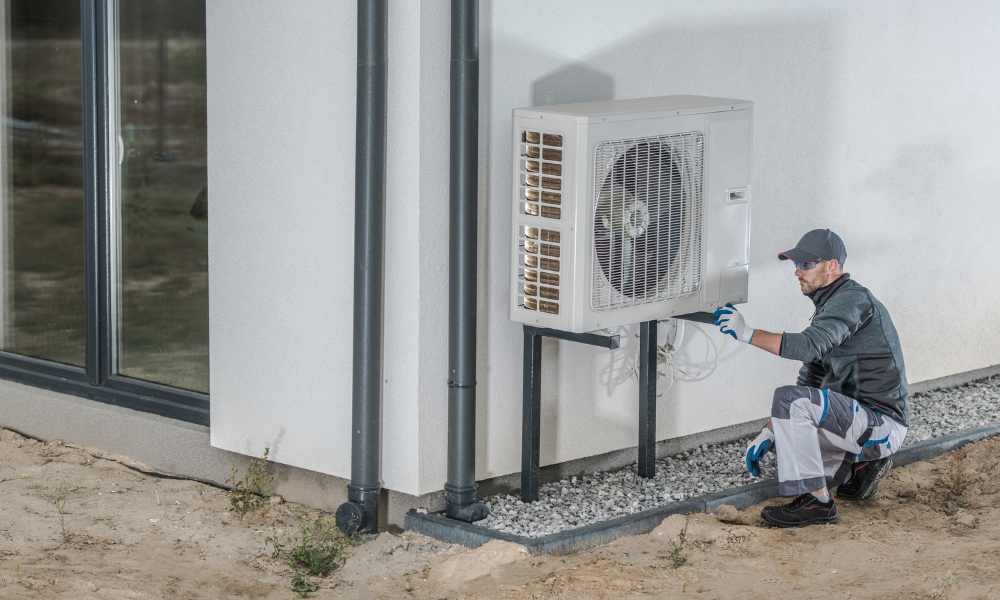In the scorching heat of summer or the bone-chilling cold of winter, a reliable air conditioning (AC) system becomes the unsung hero of our indoor comfort. Whether you’re upgrading an existing system or installing one for the first time, understanding the ins and outs of AC installation is crucial. In this comprehensive guide, we’ll break down the key points, ensuring you embark on the journey to a perfectly cooled space with confidence.
1. Understanding Your Cooling Needs
Before diving into the AC installation process, it’s essential to assess your cooling requirements. Consider the size of the space you intend to cool, insulation levels, and the local climate. This information will help you determine the appropriate cooling capacity for your AC unit. Bigger is not always better, as an oversized unit may cycle on and off frequently, leading to inefficiency and increased wear and tear.
2. Choosing the Right AC Unit
There are various types of AC units available, each with its own set of advantages. Central air conditioning systems are ideal for cooling entire homes, while ductless mini-split systems offer flexibility for room-by-room control. Window units are cost-effective and easy to install, making them suitable for smaller spaces. Selecting the right type and size of AC unit is crucial for optimal performance and energy efficiency.
3. Preparing the Installation Site
A successful AC installation begins with proper preparation. Clear the installation site of any obstacles, ensuring there’s sufficient space for the unit. Check the electrical wiring and ensure it meets the requirements of the AC unit. Adequate ventilation is also crucial to allow for proper airflow around the unit. Follow the manufacturer’s guidelines for clearances to avoid any hindrance to the system’s functionality.
4. Electrical Considerations
AC units require a stable and properly sized electrical supply. If your home’s electrical system is outdated, it may be necessary to upgrade before installing a new AC unit. Consult with a qualified electrician to ensure the electrical infrastructure can handle the load and meet local building codes. Safety is paramount, and cutting corners on electrical work can lead to hazardous situations.
5. Installation of Ductwork (for Central Systems)
Central AC systems often rely on ductwork to distribute cooled air throughout the home. If your property doesn’t have existing ducts, installation may be required. This involves careful planning to minimize air leaks and optimize efficiency. Sealing and insulating ducts are critical steps to prevent energy loss and maintain a consistent temperature throughout the house.
6. Proper Refrigerant Handling
Refrigerant is the lifeblood of an air conditioning system, responsible for absorbing and releasing heat. Handling refrigerant requires expertise and should be left to certified professionals. During installation, it’s crucial to ensure that the refrigerant charge is accurate, as both overcharging and undercharging can compromise the system’s efficiency.
7. Thermostat Installation and Calibration
The thermostat serves as the control center for your AC system, allowing you to set and regulate the desired temperature. Proper placement of the thermostat is essential for accurate temperature readings. Additionally, calibrating the thermostat ensures that it accurately reflects the ambient temperature, promoting energy efficiency and preventing unnecessary strain on the system.
8. System Testing and Commissioning
Once the installation is complete, thorough testing is essential to verify the system’s functionality. This includes checking for proper airflow, confirming that the refrigerant levels are within specifications, and ensuring all electrical connections are secure. System commissioning involves fine-tuning the settings for optimal performance and energy efficiency.
9. Regular Maintenance for Longevity
AC installation is not a one-and-done task; regular maintenance is key to prolonging the lifespan of your system. Change air filters regularly, clean evaporator and condenser coils, and schedule professional inspections to catch potential issues before they escalate. A well-maintained AC system not only performs better but also saves you money on energy bills in the long run.
10. Environmental Considerations
As we strive for comfort, it’s crucial to consider the environmental impact of our choices. Opt for energy-efficient AC units with a high Seasonal Energy Efficiency Ratio (SEER) to minimize electricity consumption. Additionally, proper disposal of old units and refrigerants is essential to prevent harm to the environment.
In conclusion, a successful AC installation requires careful planning, adherence to safety guidelines, and a commitment to regular maintenance. By understanding your cooling needs, choosing the right unit, and following proper installation procedures, you can create a comfortable indoor environment for years to come. Stay cool, stay comfortable, and embrace the mastery of AC installation.




